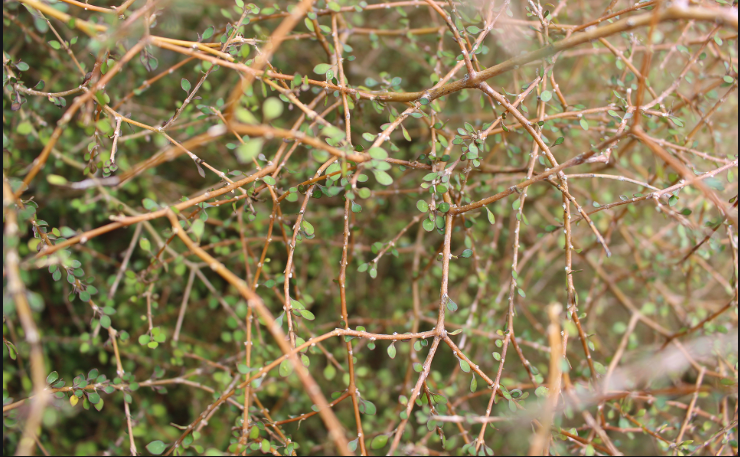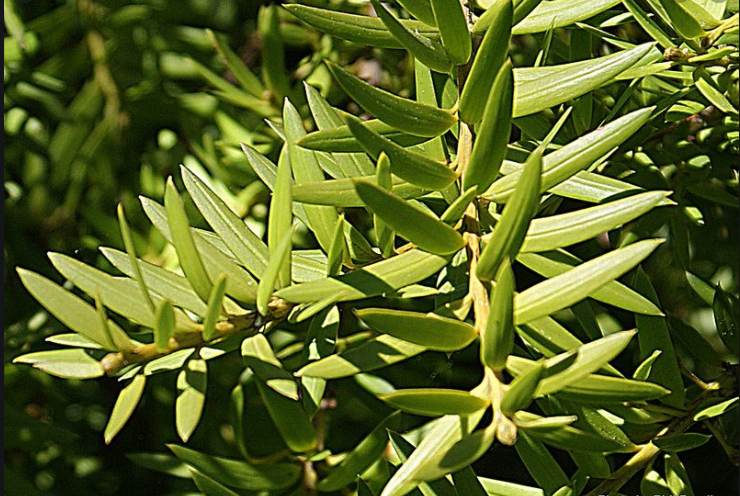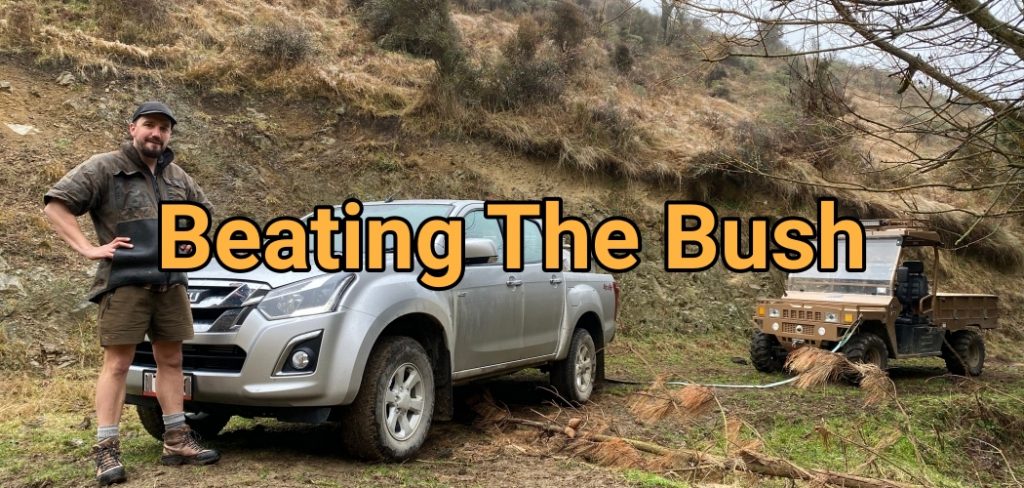Part of our hunting adventures is about being in the bush, on the hills and generally just admiring the scenery in this place we call home. But how much do we know about the landscapes we hunt in? To be a successful hunter it’s always good to have a little knowledge about the environment as much as the prey. I was asked by the man himself, Harry (editor) to share a little knowledge that I gained in a previous life. Over the course of the next few issues or until Harry tells me to stop I’ll try and summarise a bit about the forests and why some of our trees are the way they. My main source of information is the work I did as a masters student at the university of Canterbury several years ago and a lot of it is also just common knowledge so bear with me.
Prior to European arrival and the introduction of the deer, pigs and goats among other animals that we love to hunt there was really only one large herbivore that consumed the native plants and forests on a similar scale, and that was the moa. Moa themselves were as we know, large flightless birds with a number of distinct species, commonly agreed to be 12 species. Some were small, less than a metre high while others were massive (think of the statues at the Bealey Pub!_). This diverse range of sizes meant for a wide variety of browsing across a wide variety of plants, shrubs and trees.

Many of us would be familiar with coprosma’s, those funny shrubs and sometimes small trees with a wide variety of leaf types, from round to almost heart shaped. They grow in a kind of rambling box like manner and its thought that this was because it evolved as a defence mechanism to grazing moa. The box like cage growth creates a difficult sort of barrier that it is believed was a pretty good deterrent at keeping moa’s from reaching all the way in due to the way they browsed. So the outer leaves might have got a hammering but the growth points further in were somewhat protected. Another example of this is the Totara, with it’s sharp spiny leaves which with a moa’s short beak would have put them uncomfortably close to the eyes! These defence mechanisms are thought to have been quite effective against Moa but sadly they aren’t as good against the introduced animals we choose to hunt. It’s not thought that Moa would strip bark from branches or stems like a goat might or rut up the soil substrate like a pig would.

So keep up the good work and keep up getting to know our plants and trees a bit better, what we do is conservation by hunting and it means we leave something behind for the generations to follow.
Cheers, Nick Adkins (AKA The Bush Beater)


